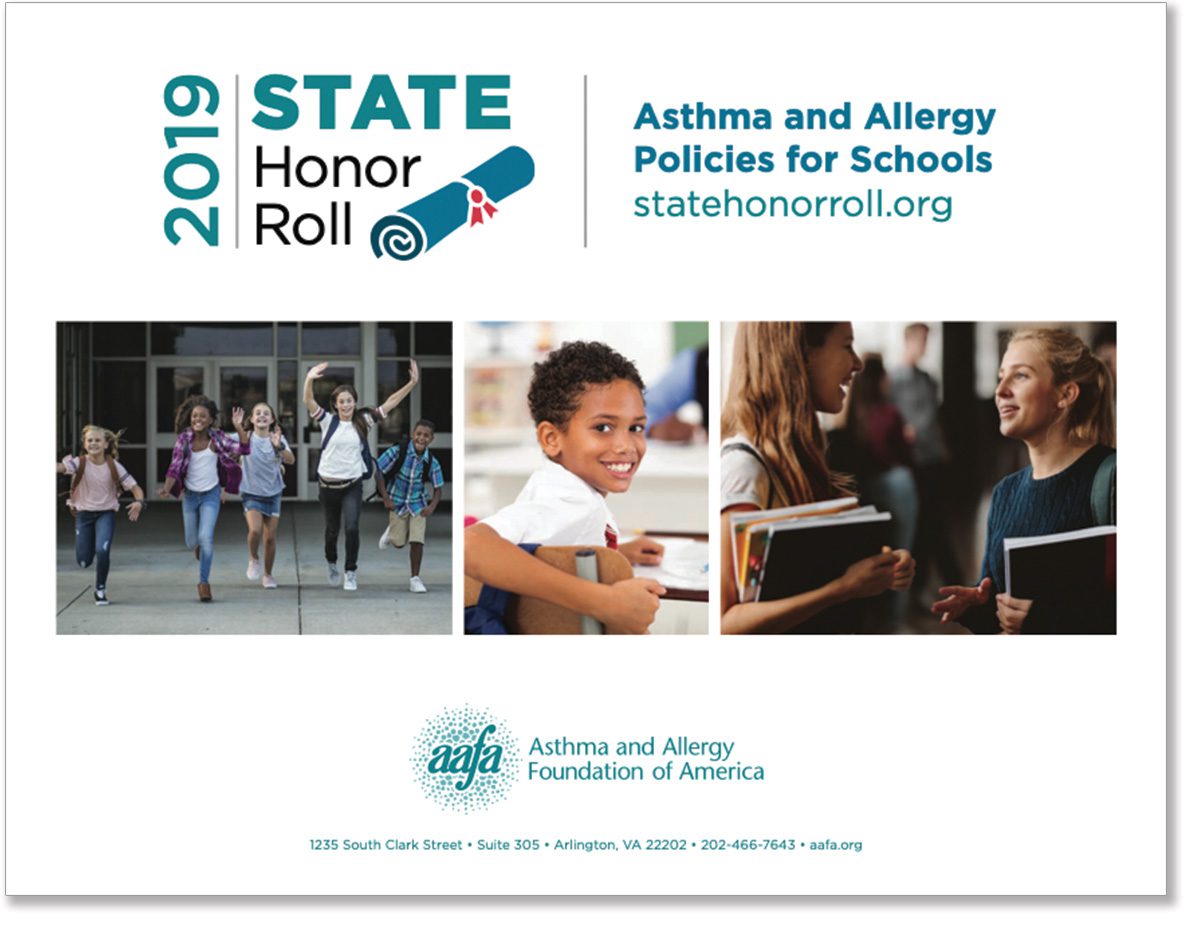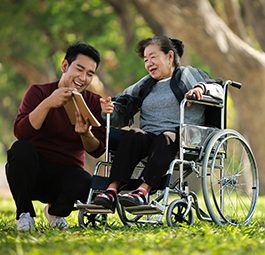Advocacy
Nevada
The 2019 State Honor Roll of Asthma and Allergy Policies for Schools ranks the states with the best public policies for people with asthma, food allergies, anaphylaxis and related allergic diseases in U.S. elementary, middle and high schools.
Closed
Medication and Treatment Policies
Meets eight of 12 core policy standards in this category:
| 1. State requires physician’s written instructions to be on file to dispense prescription medication to students. |  |
| 2. State policy ensures students’ right to self-carry and self-administer prescribed asthma medication. |  |
| 3. State policy ensures students’ right to self-carry and self-administer prescribed anaphylaxis medication. |  |
| 4. State policies or procedures shield school personnel from liability for unintended injuries. |  |
| 5. State requires local school districts to create asthma and anaphylaxis medication policy and provides resources, guidelines and parameters. |  |
| 6. State policy mandates schools to identify and maintain records for students with chronic conditions including asthma and anaphylaxis. |  |
| 7. State requires a procedure updating health records periodically. |  |
| 8. State requires that schools maintain asthma/allergy incident reports for reactions, attacks and medications administered. |  |
| 9. State requires a student health history form that includes asthma/allergy information to be maintained for each student. |  |
| 10. State requires schools to have emergency protocols for asthma. |  |
| 11. State requires schools to have emergency protocols for anaphylaxis. |  |
| 12. Nurse-to-student ratio is 1:750 or better. |  |
Meets two of six extra credit indicators in this category:
| A. State requires anaphylaxis medicine – epinephrine – stocking and authority to administer in schools. |  |
| B. State allows and/or requires asthma quick-relief medicine – albuterol – stocking and authority to administer in schools. |  |
| C. State has or is preparing an explicit asthma program with policies, procedures and resources for schools to manage students with asthma. |  |
| D. State has or is preparing an explicit anaphylaxis program with policies, procedures and resources for schools to manage students with allergies. |  |
| E. State has adopted policy that each school will have one full-time nurse. |  |
| F. State has adopted policy that school districts provide case management for students with chronic health conditions such as asthma. |  |
Awareness Policies
Meets one of two core policy standards in this category:
| 13. State recognizes problem of asthma in schools and has begun to address it. |  |
| 14. State recognizes problem of allergy in schools and has begun to address it. |  |
Meets zero of two extra credit indicators in this category:
| G. State sponsors or provides funding for staff training in asthma awareness covering school asthma program/policy and procedures. |  |
| H. State sponsors or provides funding for staff training in food allergies. |  |
School Environment Policies
Meets four of nine core policy standards in this category:
| 15. State has mandated that all schools must have indoor air quality (IAQ) management policies. |  |
| 16. State has adopted a policy requiring that districts and schools conduct periodic inspections of heating, ventilation and air conditioning (HVAC) system & other items important in asthma/allergy management. |  |
| 17. State has IAQ policies that include specific components important in asthma/allergy management (HVAC, HEPA, carpeting, pesticide use). |  |
| 18. State recommends/requires that districts or schools use Integrated Pest Management (IPM) techniques OR ban use of pesticides inside school. |  |
| 19. State requires schools to notify parents of upcoming pesticide applications. |  |
| 20. State limits school bus idling time and establishes proximity restrictions. |  |
| 21. All smoking is prohibited in school buildings and on school grounds. |  |
| 22. All smoking is prohibited on school buses and at school-related functions. |  |
| 23. Tobacco-use prevention is required in health education curriculum. |  |
Meets two of five extra credit indicators in this category:
| I. State makes funding or resources available for technical IAQ assistance to schools. |  |
| J. State recommends standards and programs to promote environmentally preferable materials for school construction, maintenance and cleaning. |  |
| K. State requires school facility design standards that include low emission construction materials, pollutant source controls, durable and easy to clean surfaces and floors, moisture/mold controls. |  |
| L. State has implemented or actively promotes diesel school bus engine retrofitting program. |  |
| M. State requires districts or schools to provide tobacco-use-cessation services to students. |  |
Policy Gaps
Noteworthy
Epinephrine in Schools: A 2013 law requires schools to keep auto-injectable epinephrine on hand. The law allows a physician to prescribe auto-injectable epinephrine to a public or private school for use on any person in an anaphylactic emergency; provides for schools to obtain auto-injectable epinephrine under certain conditions; requires schools, if feasible, to provide training to employees and to develop a comprehensive plan concerning anaphylaxis. In addition, each public school, including charter schools, must obtain a prescription for auto-injectable epinephrine to maintain the drug at the school. Private schools are allowed to obtain prescriptions to a supply of auto-injectable epinephrine at school. The law also requires training in the storage and administration of epinephrine to be provided to designated employees of a public or private school.
Tobacco Use Prevention: The Nevada Clean Indoor Air Act explicitly bans smoking in any public or private school building or on such school ground or property as well as in child care facilities, and on school buses. NRS 202.2483










